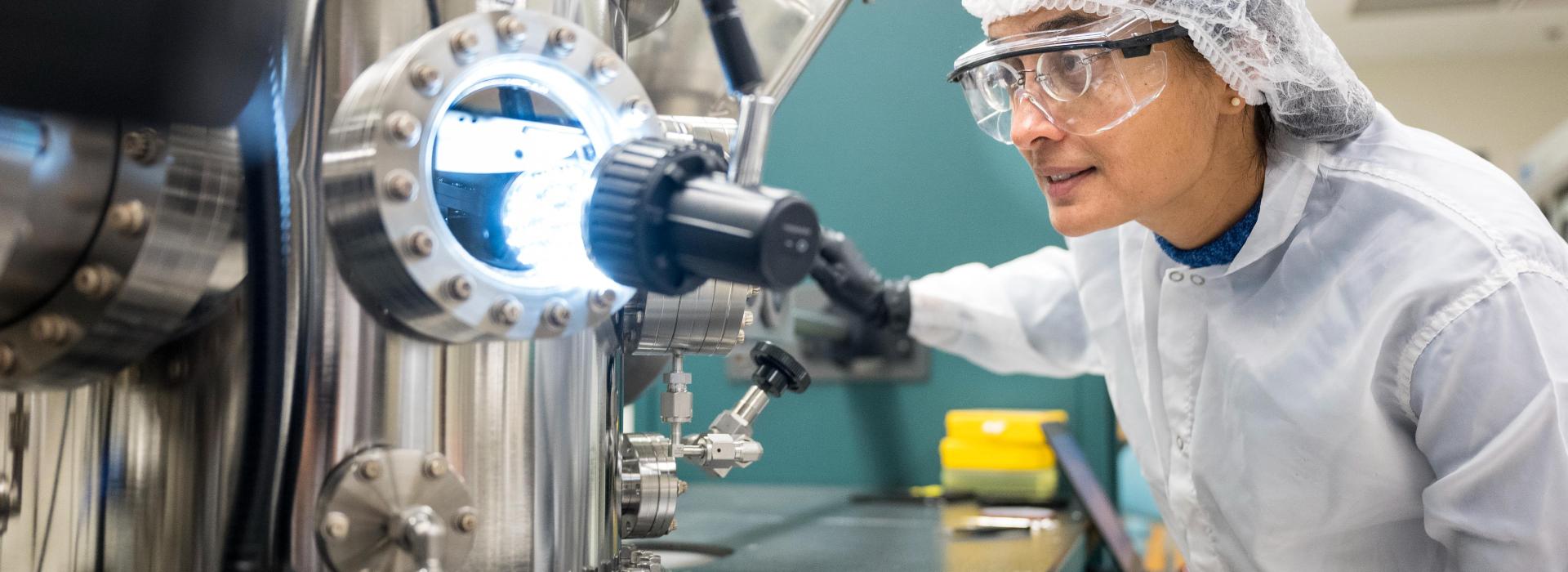
Change is a way of life for Pallavi Dhagat. Growing up India, her father’s business required frequent moves for the family. She and her sister were constantly adapting to new schools, culture, food, language, music, and dress.
“I never perceived any of that as a problem. I like change,” Dhagat says.
Despite the frequent moves, she says her parents provided stability. “My father knew everything that was happening in our lives, even though he was gone a lot. I think I was very, very privileged in the way that I grew up. I could not have asked for a better childhood.”
It is perhaps not surprising then that after graduating from college she opted for an adventure. Although she had a job lined up in India, she applied to graduate schools in the US, knowing she would have to do it without the financial support of her parents.
A full research assistantship at Washington University made her new adventure possible, and the six years she spent in St. Louis working on her PhD was the longest she had lived anywhere — until she moved to Corvallis.
Her graduate studies focused on magnetic recording which she continued while working in industry after graduation, but it was not long before she was ready for something new.
“When I joined Oregon State University it was an opportunity to change, and I took that opportunity to go over to something different, which still uses magnetism,” she says.
Dhagat’s current work further explores the physics of magnetism in a variety of cutting edge applications, including: using magnetic particles to sense biomolecules which could, for example, provide early detection of cancer, or detect toxins in water; imaging the inside of a cell with the goal of delivering drugs by nanoparticles to targeted areas like a tumor; and the development of spintronics, which exploits the spin property of electrons, as an alternative to conventional electronics.
Her enthusiasm for research is something she likes to share with students — often encouraging them to stop by to talk to her. “I really do love talking to the students, especially on informal terms, to know what gets them excited about a class,” she says.
Dhagat also likes to give demonstrations for introductory classes, and in her higher level classes she will tour the students through her lab.
“I want them to know there is a lot of breadth in engineering that their classes don’t necessarily expose them to. There are so many opportunities — there are people who do materials, people who do devices, people who do circuit design — each one is in a box. But if you were a person who could bridge some of these areas, then you’ve created your own field. That sort of excitement is what I try to bring to them.”